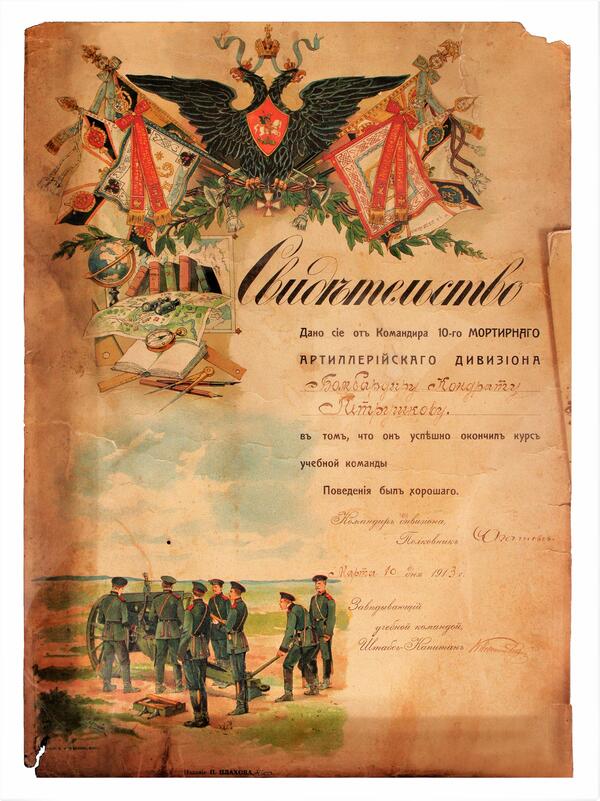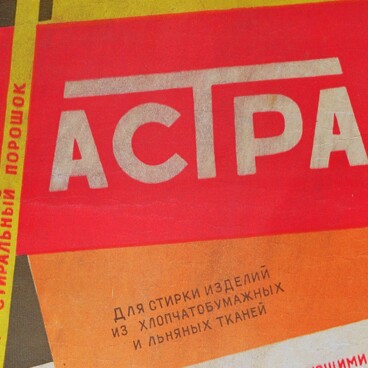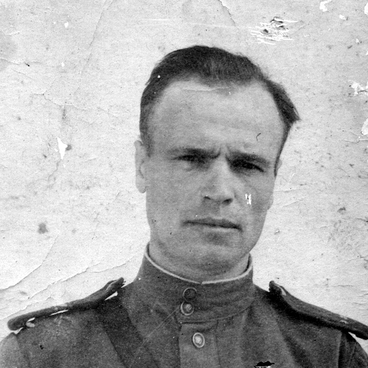With the outbreak of World War I in 1914, the life of Shebekino residents changed greatly. The located in the village sugar factory and tannery were included in the list of facilities strategically important for the state as they provided the country and the army with the necessary goods. Therefore, the armed guards were introduced at the factories, and the working day duration was increased. Each extra hour was paid at a double rate, including work on Sundays.
However, the production facilities lost some workers anyway; many Shebekino residents went off to war. Kondrat Petrushkov was among the veterans of World War I. He was born in 1890 in the village of Kozmodemyanovka, Zimovenskaya volost, Korochansky uyezd, Kursk governorate (now Shebekino urban district).
Petrushkov began his service in the army in the 174th Romensky Infantry Regiment. In 1913, he took a training team course of the 10th Mortar Artillery Battalion and became a bombardier. That is the artillery units’ lower rank with upgraded qualifications in the Russian Imperial Army; it corresponded to a corporal in the infantry. The duties of the bombardier included “stuffing bombs, preparing tubes and other firing shells for them, despite the fact that lab assistants are involved.” A soldier can be appointed a bombardier for exemplary behavior and good service knowledge; they were motivated by increased salary.
Petrushkov’s graduation certificate is housed in the Shebekino History and Art Museum. It was printed on the standard form, and only the name of the serviceman was written by hand. The battalion commander and the training team chief signed the document. At the bottom left, there is a colorful image of a Russian artilleryman at the gun.
The 10th Mortar Battalion, in which Kondrat Petrushkov served, was formed in 1910. It was a part of the 10th Army Corps of the Kyiv Military District and participated in the Western Front battles.
In 1916, Kondrat Petrushkov was awarded the Cross of Saint George of 4 class — the highest award for soldiers and non-commissioned officers “For Battle Merit and Bravery Against the Enemy”.
However, the production facilities lost some workers anyway; many Shebekino residents went off to war. Kondrat Petrushkov was among the veterans of World War I. He was born in 1890 in the village of Kozmodemyanovka, Zimovenskaya volost, Korochansky uyezd, Kursk governorate (now Shebekino urban district).
Petrushkov began his service in the army in the 174th Romensky Infantry Regiment. In 1913, he took a training team course of the 10th Mortar Artillery Battalion and became a bombardier. That is the artillery units’ lower rank with upgraded qualifications in the Russian Imperial Army; it corresponded to a corporal in the infantry. The duties of the bombardier included “stuffing bombs, preparing tubes and other firing shells for them, despite the fact that lab assistants are involved.” A soldier can be appointed a bombardier for exemplary behavior and good service knowledge; they were motivated by increased salary.
Petrushkov’s graduation certificate is housed in the Shebekino History and Art Museum. It was printed on the standard form, and only the name of the serviceman was written by hand. The battalion commander and the training team chief signed the document. At the bottom left, there is a colorful image of a Russian artilleryman at the gun.
The 10th Mortar Battalion, in which Kondrat Petrushkov served, was formed in 1910. It was a part of the 10th Army Corps of the Kyiv Military District and participated in the Western Front battles.
In 1916, Kondrat Petrushkov was awarded the Cross of Saint George of 4 class — the highest award for soldiers and non-commissioned officers “For Battle Merit and Bravery Against the Enemy”.



